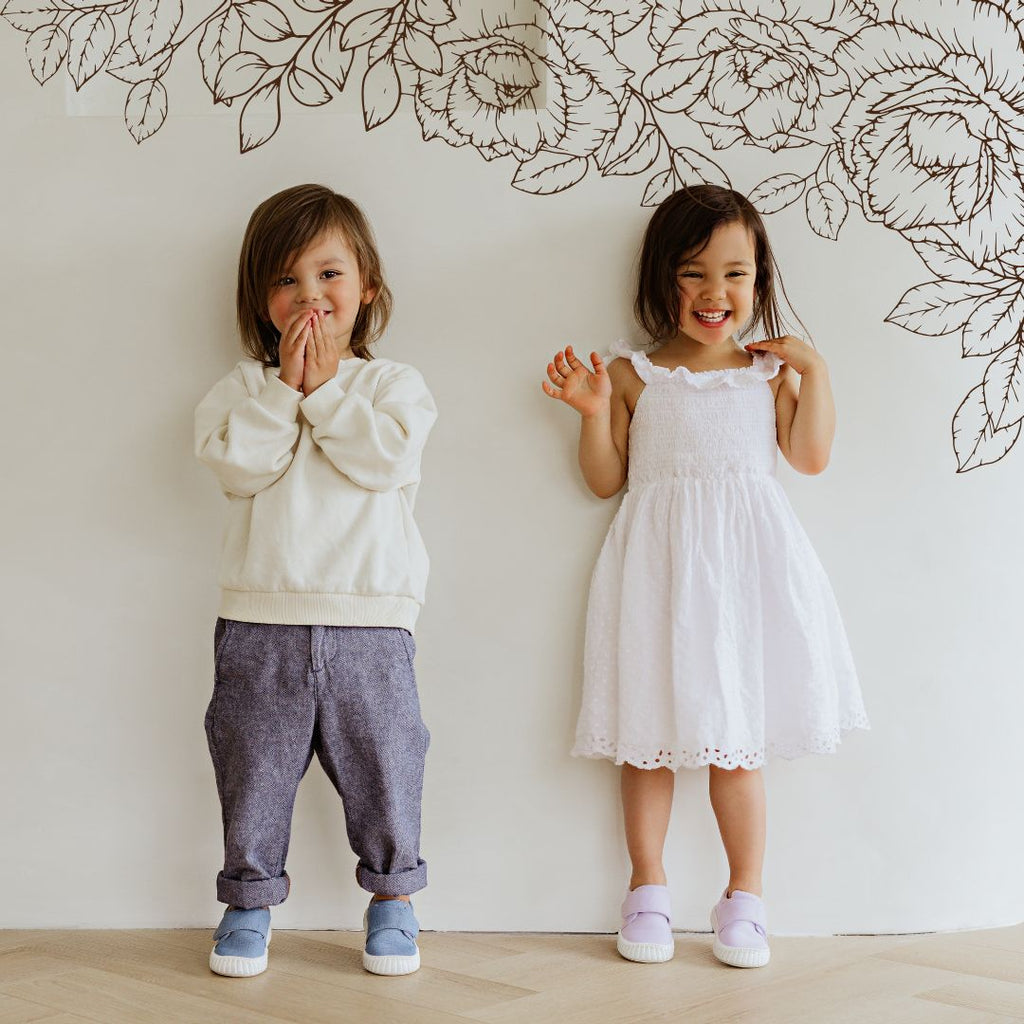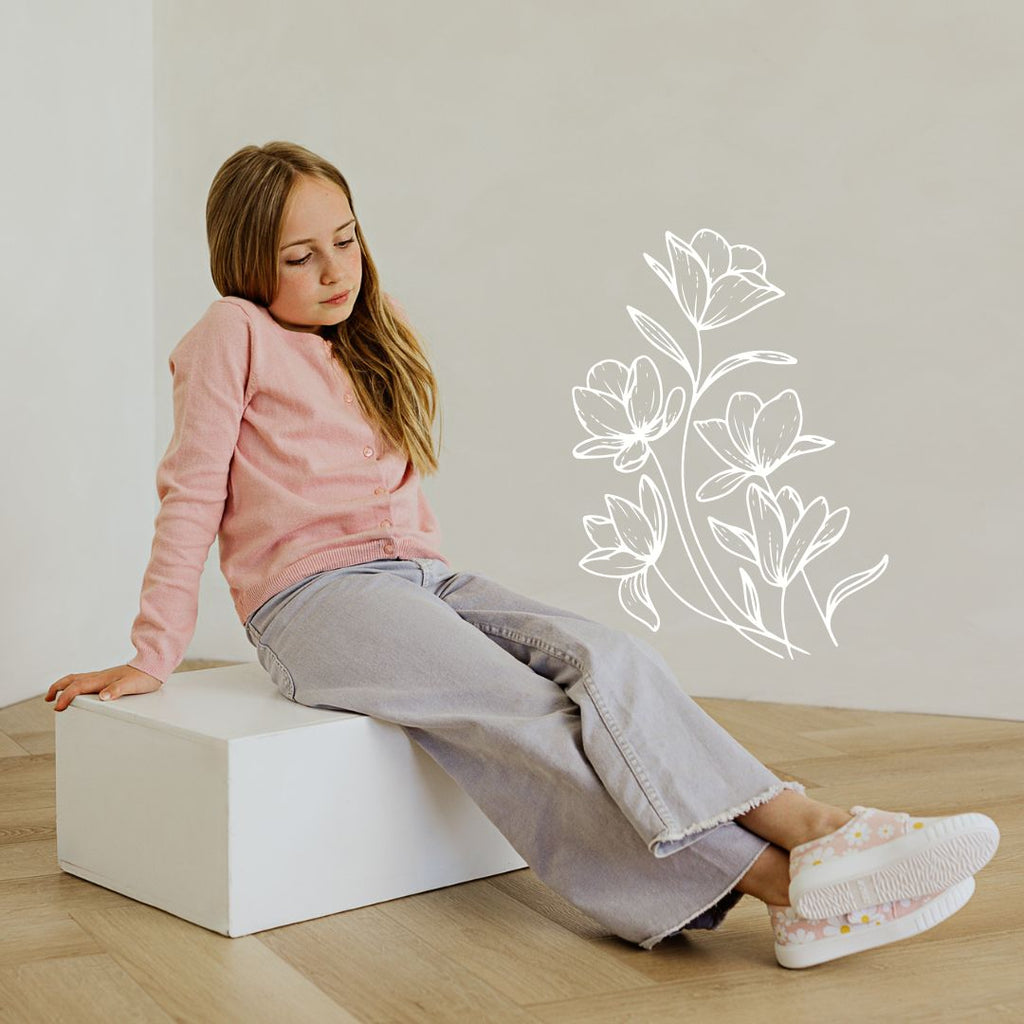When it comes to buying shoes for kids, many parents wonder: are boys and girls shoe sizes the same? The short answer is yes, but some distinctions emerge as children grow older. In this blog, we’ll break down the differences, offer helpful tips on measuring your child’s foot, and provide a shoe-buying guide to make your shopping experience easier.
Understanding the Basics of Kids’ Shoe Sizes
When children are young, particularly between the ages of 0 and 7, shoe sizes for boys and girls are essentially the same. Foot size is determined by length and width, not gender. During early childhood, both boys and girls grow at similar rates, and manufacturers don’t differentiate between genders in size charts for toddlers and young kids. However, as children reach their pre-teen years, some differences may begin to appear. Girls often experience growth spurts earlier than boys, so their feet might grow a bit faster at first, but boys tend to catch up and continue growing for a longer period.
Typically, by the time children reach sizes equivalent to youth size 7 (around ages 10 to 13), boys’ feet may start to grow larger than girls’. However, before this stage, shoe sizes are generally interchangeable.
When Differences Begin to Appear
During the toddler years and up to around age 8, it’s common to ask, "Are boys and girls shoe sizes the same?" but this usually isn’t an issue. They are unisex in size, and there is no need to differentiate between boys’ and girls’ shoes based on size. However, as kids enter the pre-teen stage, you’ll start noticing manufacturers producing gender-specific shoes.
These differences aren’t just in sizing but also in style and design—though functionally, they remain similar. Some parents opt for gender-neutral shoes during the younger years, allowing siblings of similar ages and sizes to share footwear. This can be a useful way to save money while giving kids more options for style and color choices. But, as we’ll cover in the next section, getting the correct fit is what matters most.
Shoe Buying Guide for Parents
Shopping for kids’ shoes can be tricky, especially as their feet grow rapidly. Here’s a quick guide to make things easier:
- Measure Regularly: Kids' feet grow fast, so it’s recommended to measure them every three to four months, especially for toddlers and pre-teens. Growth spurts happen quickly, and you don’t want to end up buying shoes that your child will outgrow in a few weeks.
- Comfort: Comfort is the top priority when purchasing shoes for your child. Whether boys and girls shoe sizes are the same at a young age or not, the right shoe should provide ample cushioning, be lightweight, and allow natural movement.
- Safety: Safety should never be overlooked. Choose shoes with non-slip soles to prevent falls, especially for toddlers still mastering their balance. Shoes should provide good arch support and proper ankle stability to avoid injuries during play. Avoid shoes that are too loose, as they can cause tripping.
- Style: While safety and comfort are important, kids often care about how their shoes look. Choose a style that suits your child’s personality, whether it’s bright colors, fun patterns, or a favorite character. Many brands offer gender-neutral designs so boys and girls can express themselves freely.
- Wiggle Room: It’s essential to leave some wiggle room for growth. Too tight shoes can cause blisters and other foot problems, while shoes with extra space allow the toes to move freely. However, don’t buy shoes that are too large, as they can affect walking comfort and cause tripping.
By focusing on these four key areas, you can ensure that your child’s shoes offer the best balance of comfort, safety, and style while giving their feet room to grow!
Measuring Your Child’s Feet
Measuring your child’s feet at home can be simple with these steps:
- Place a piece of paper on a flat surface: Have your child stand on it, ensuring their weight is evenly distributed.
- Mark the longest points: Draw a line at the tip of their longest toe and the back of their heel.
- Measure the distance: Use a ruler or measuring tape to measure the distance between these two points in either inches or centimetres. Then, refer to a kids’ shoe size chart to find the right size.
You can also instead download a printable size finder, which can be a perfect tool for younger children who have a hard time keeping still for long.
You can also visit a shoe store where professionals use a tool or device to measure both length and width accurately.
When Should You Buy Gender-Specific Shoes?
As your child approaches sizes 7Y (youth) and beyond, boys’ and girls’ feet may start to differ more significantly. At this point, it's common for brands to separate their shoe offerings by gender. Boys' shoes may begin to be slightly wider, while girls' shoes are often designed to be narrower. However, this isn't always a strict rule—some boys might need narrower shoes, and some girls might require wider ones. Always prioritize fit over size or label.
Conclusion
So, are boys and girls shoe sizes the same? Yes, especially during the early years. However, as your child grows older, it’s important to pay attention to their individual needs, including width and comfort. Keep measuring their feet every few months, and don’t hesitate to choose the best fit, regardless of whether the shoes are labeled for boys or girls.
Looking for comfortable, stylish, and durable shoes for your little ones? Check out our collection at Jack and Lily! From baby boy and baby girl shoes to trendy canvas kicks and stylish slip-ons, we offer a wide variety of sizes and styles perfect for growing feet, ensuring your child gets the best fit. Shop now to find the perfect pair for your child today!


